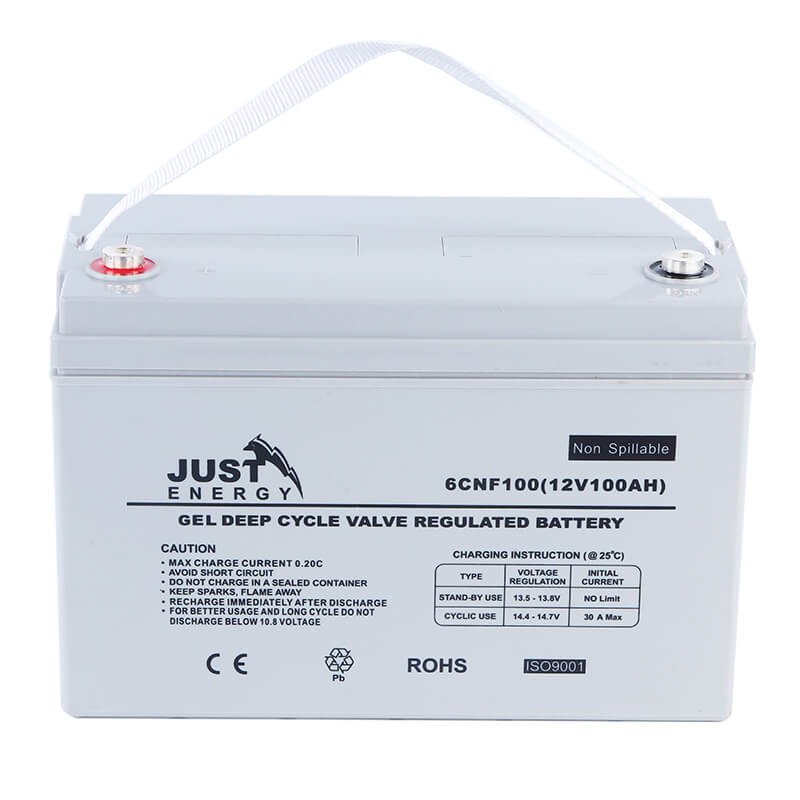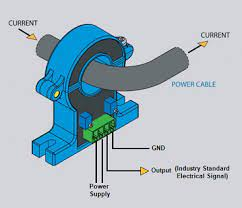How does a current shunt work? Do you Know? This article will introduce the current shunt working principle to help you understanding the current shunts.
What is a current shunt?
A shunt is an instrument used to measure DC current. When DC current passes through a resistor, a voltage is generated across the resistor and a fixed low resistance is made, which is generally used to expand the current. It is usually connected in parallel with the moving coil of an ammeter or galvanometer. There are two types: connected inside and outside the meter.

A shunt is made based on the principle that a voltage is generated across a resistor when DC current passes through it. The shunt used for DC current measurement has slot type and non-slot type. The shunt has a manganese-nickel-copper alloy resistor rod and copper strip, with a nickel-plated layer. Its rated voltage drop is 60mV, but it can also be used as 75, 100, 120, 150, 300mV. A shunt is a resistor that can pass a very large current. Generally, commonly used 15A or 20A and 35A ammeters require shunts.

How does a current shunt work?
The shunt is made based on the principle that voltage is generated across the resistor when DC current passes through it. The shunt is actually a resistor with a very small resistance. When DC current passes through it, a voltage drop is generated for display by the DC ammeter. The DC ammeter is actually a voltmeter. Generally, the range of this voltmeter is 75mV, 150mV, and 300mV. The voltage is measured by the voltmeter, and then the voltage is converted into current to complete the measurement of large current.
In order to improve the detection sensitivity and accuracy, the current shunt is usually paired with an operational amplifier or a differential amplifier to form a current detection amplifier.
The current shunt is actually a resistor with a very low resistance. When current flows through the resistor, the voltage drop across the resistor is measured. According to Ohm’s law, the current flowing through the resistor can be calculated, thereby achieving the purpose of current detection. For example, the external shunt used in the new energy vehicle charging pile detects current through this principle to achieve the purpose of energy metering.

The principle of the current shunt can be expressed by the following formula:
V=I×R
Where V is the voltage across the current shunt, I is the current flowing in the circuit, and R is the resistance of the current shunt. By measuring V, I can be calculated.
However, to achieve precise current detection, the following three points must be achieved:
- The resistance value of the resistor remains stable when the ambient temperature changes
- The resistance value of the resistor remains stable when the current is loaded
- The resistance value of the resistor remains stable after long-term use
The shunt also needs to be selected according to the circuit situation. In order to effectively use the range of the voltmeter. For example, a voltmeter with a full scale of 75mv, the object to be measured is a current of about 20A. You choose the shunt resistance R, R*20A is best to fall in the middle of the 75mV range, such as 3mΩ to 3.5mΩ is more appropriate. An outrageous example, if the internal resistance of the shunt is 0.001mΩ, when 20A passes, the terminal voltage is only 0.02mV, and the measurement results of all current changes in the circuit are squeezed into one thousandth of the range, and the accuracy of the meter is only 1% of the range, the error is much larger than your measurement value, so your measurement result is meaningless.






